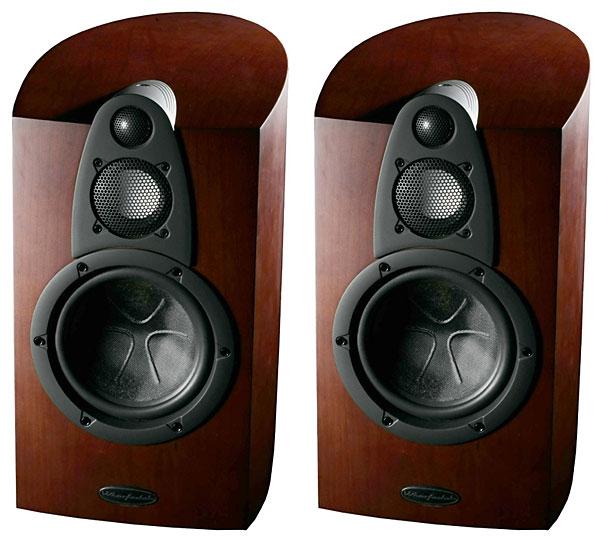| Columns Retired Columns & Blogs |
I'm looking for stand mounted speakers at this price point. I intend to audition the Dynaudio Excite X14 and the Polk LSiM703. Now, due to Bob Reina's most positive review I will certainly add the Jade 3 to my audition list. One aspect of JA's measurements concern me and that is the upper bass peak in figure 3. Just wondering if Bob or John heard any male vocal chestiness which would be a deal breaker for me.








































